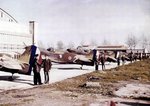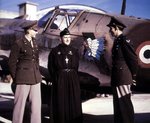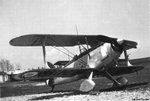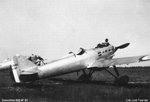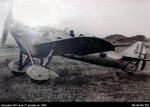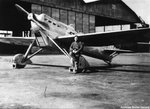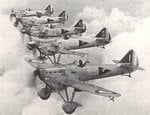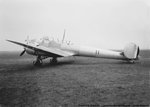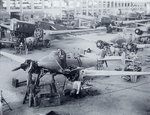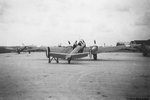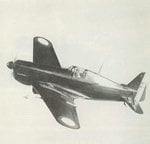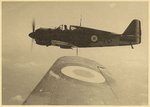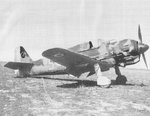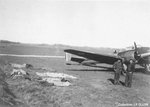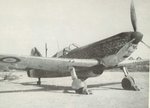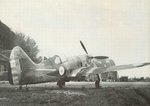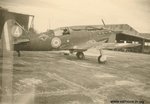The French aircraft that took part in the Second World War are often overlooked. In most cases their story ended in the summer of 1940, and so they do not have the long history of developments and updated versions that fill many aircraft books. With a few notable exceptions, such as the Dewoitine D.520, they were not great aircraft. Nevertheless for a short period in 1940 these fighter aircraft faced up against the full might of the Luftwaffe, and their story deserves to be told. Pelletier does a good job of placing each of the aircraft he covers in its context. The book is well illustrated with a combination of plan drawing and contemporary photographs.
For each aircraft Pelletier looks at its development and production history. For those aircraft that reached the front line in time he then looks at their record during the crucial battle of France. In a few cases the story goes on beyond the collapse of France. Pelletier covers the post-armistice French air force, the clashes between French and Allied aircraft over north Africa and Syria and for the Dewoitine D.520 its final return to Allied colours after the 1944 invasion of southern France.
Source: Amazon.com: French Fighters of World War II in Action - Aircraft No. 180 (9780897474405): Alain Pelletier, Richard Hudson, Don Greer: Books
For each aircraft Pelletier looks at its development and production history. For those aircraft that reached the front line in time he then looks at their record during the crucial battle of France. In a few cases the story goes on beyond the collapse of France. Pelletier covers the post-armistice French air force, the clashes between French and Allied aircraft over north Africa and Syria and for the Dewoitine D.520 its final return to Allied colours after the 1944 invasion of southern France.
Source: Amazon.com: French Fighters of World War II in Action - Aircraft No. 180 (9780897474405): Alain Pelletier, Richard Hudson, Don Greer: Books
As an Amazon Associate we earn from qualifying purchases.

